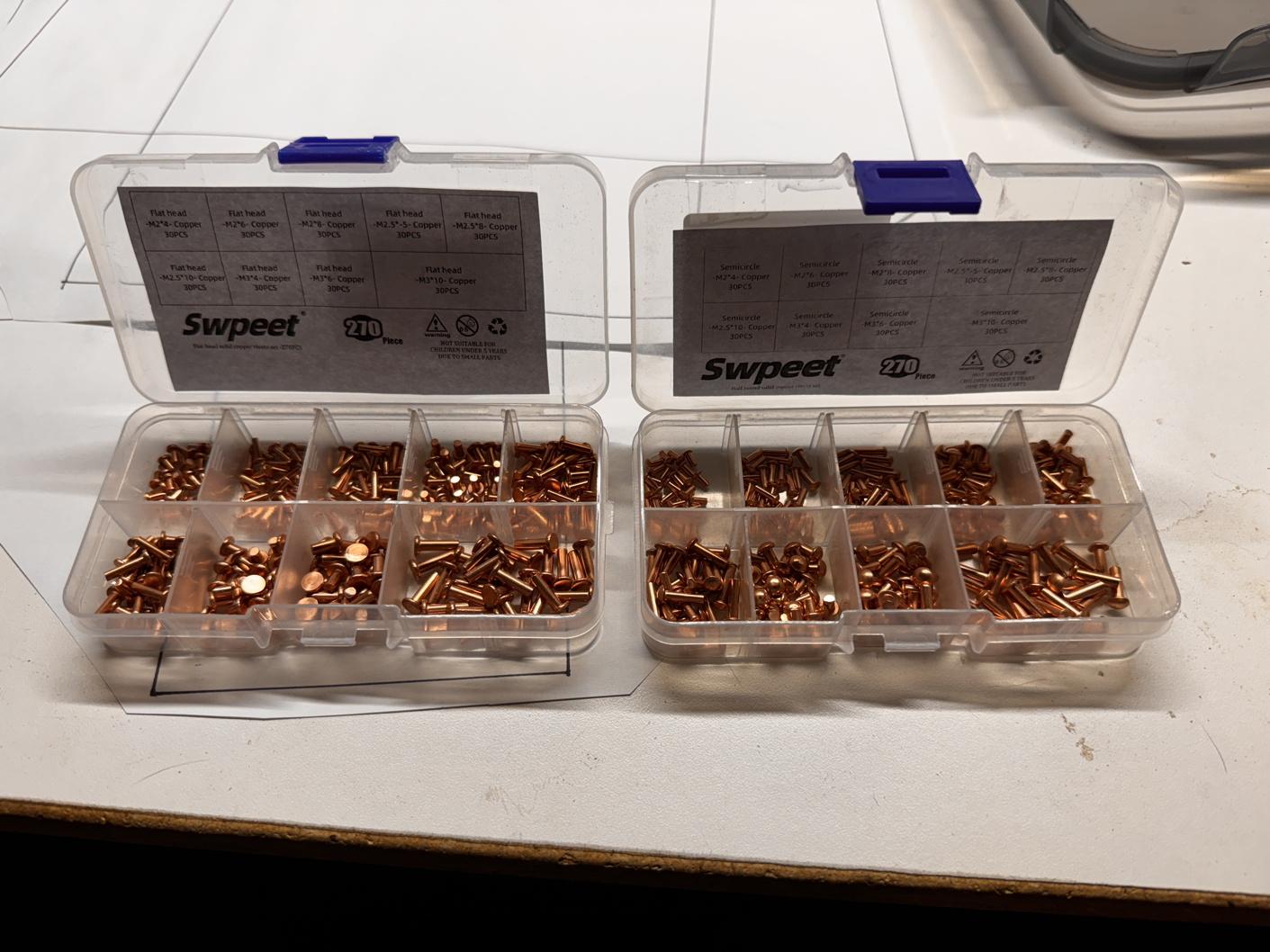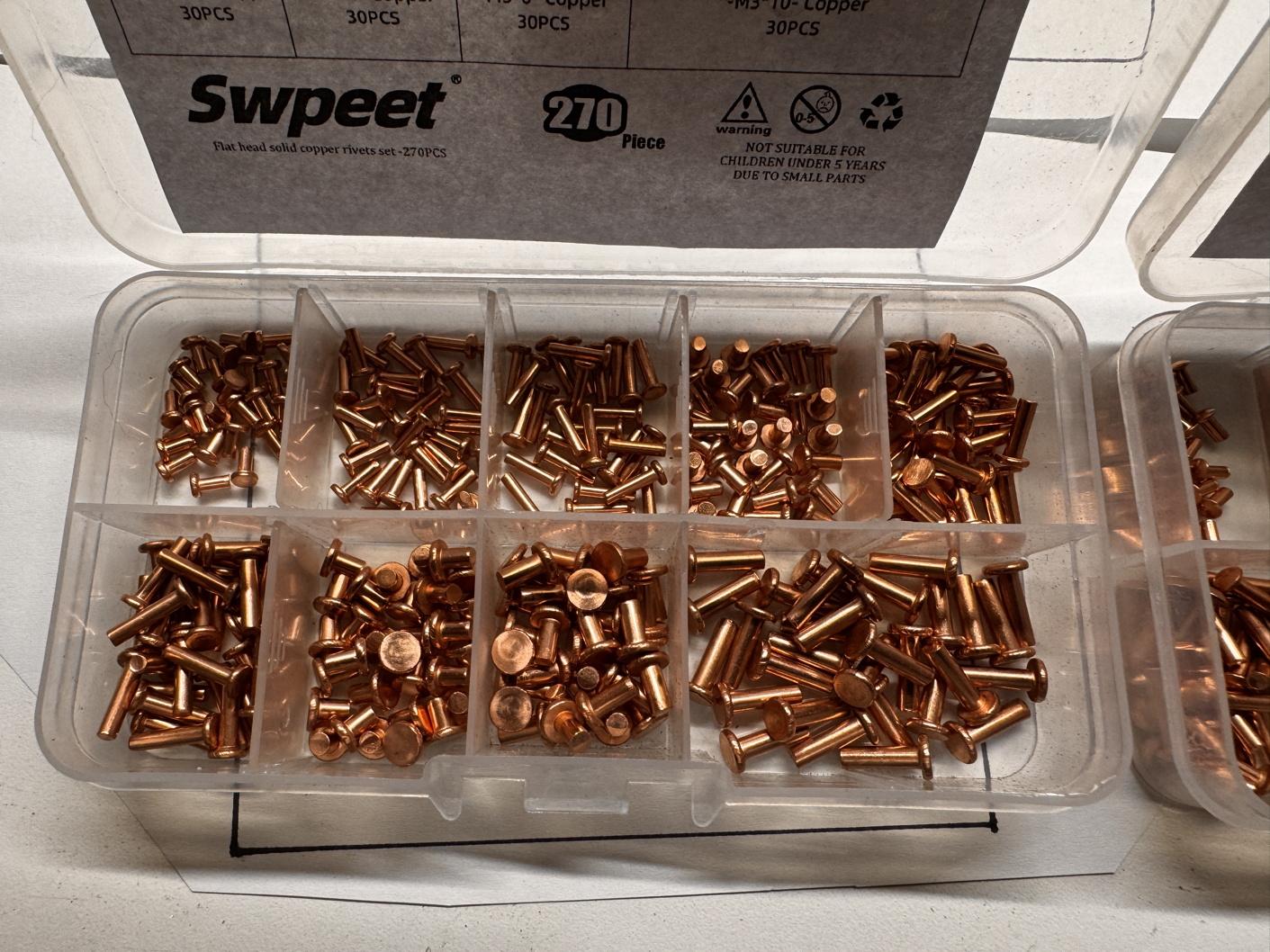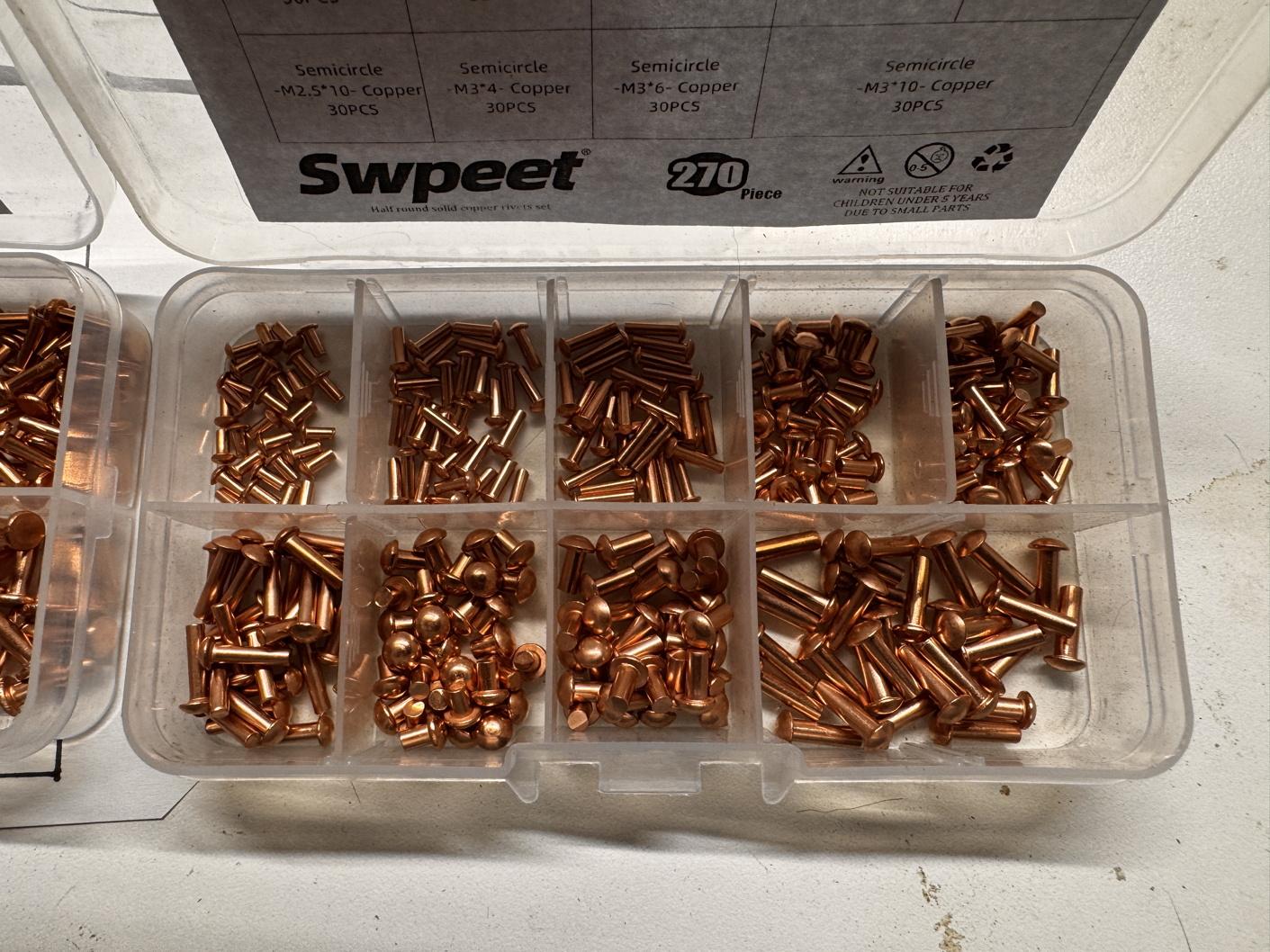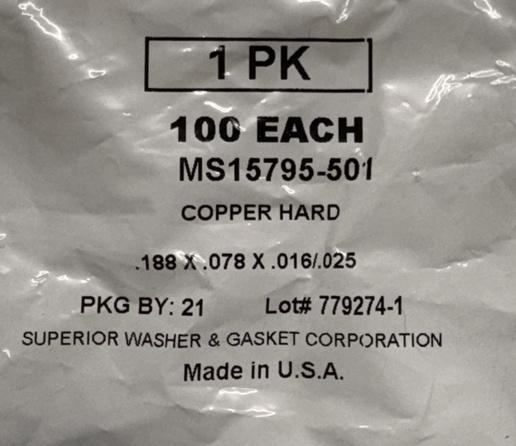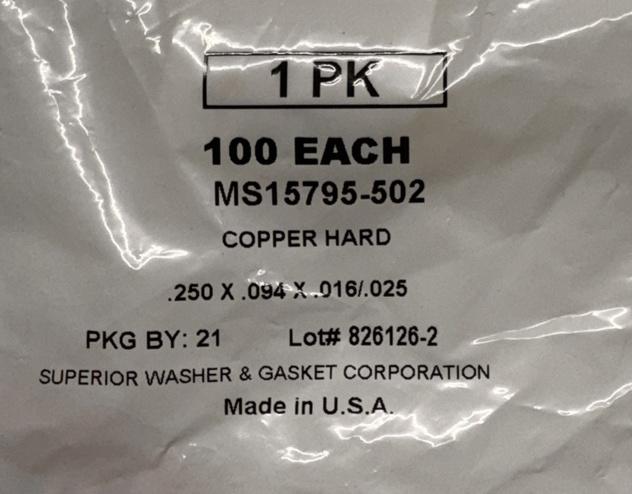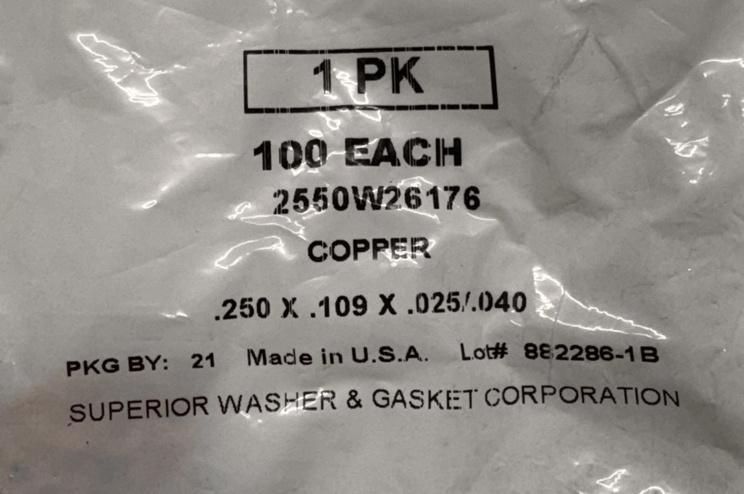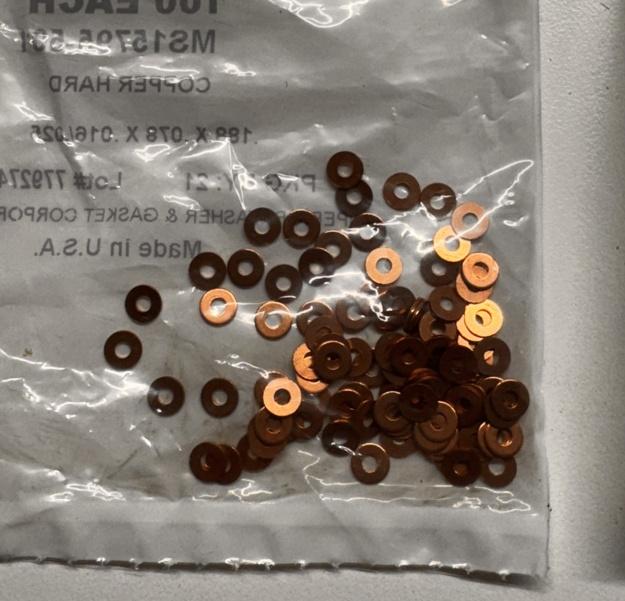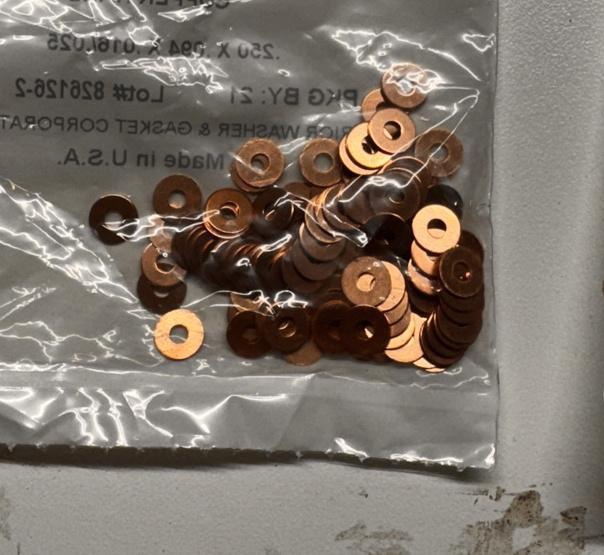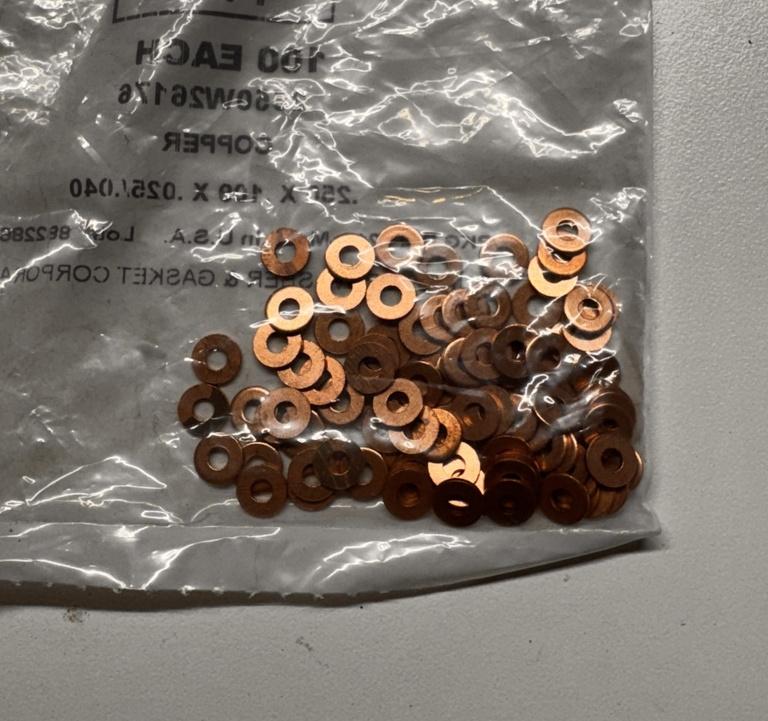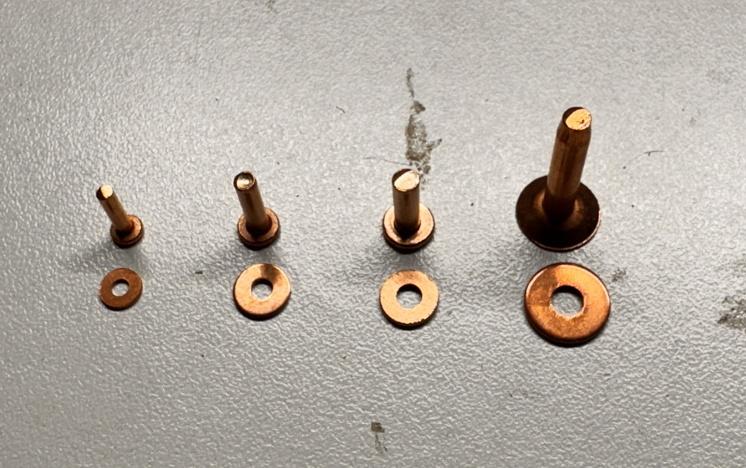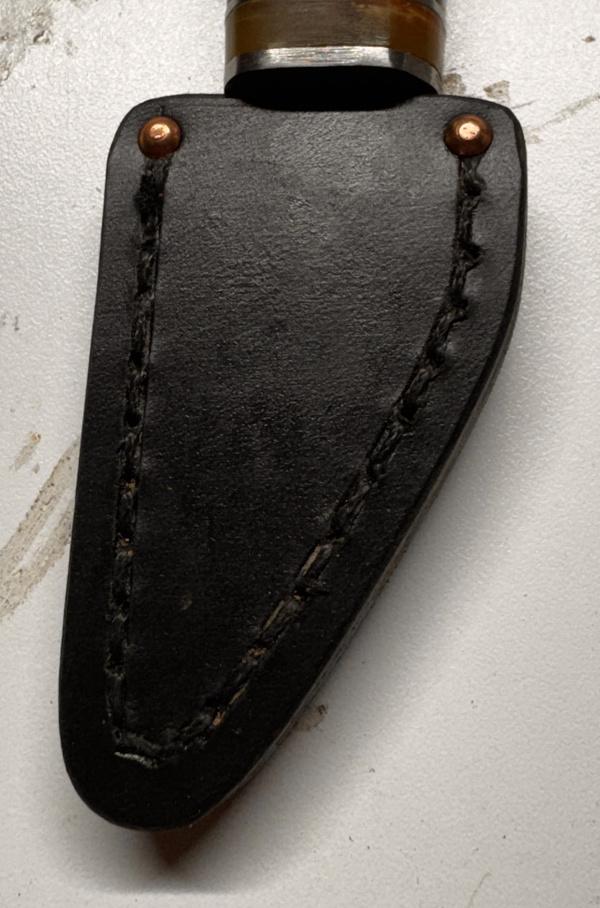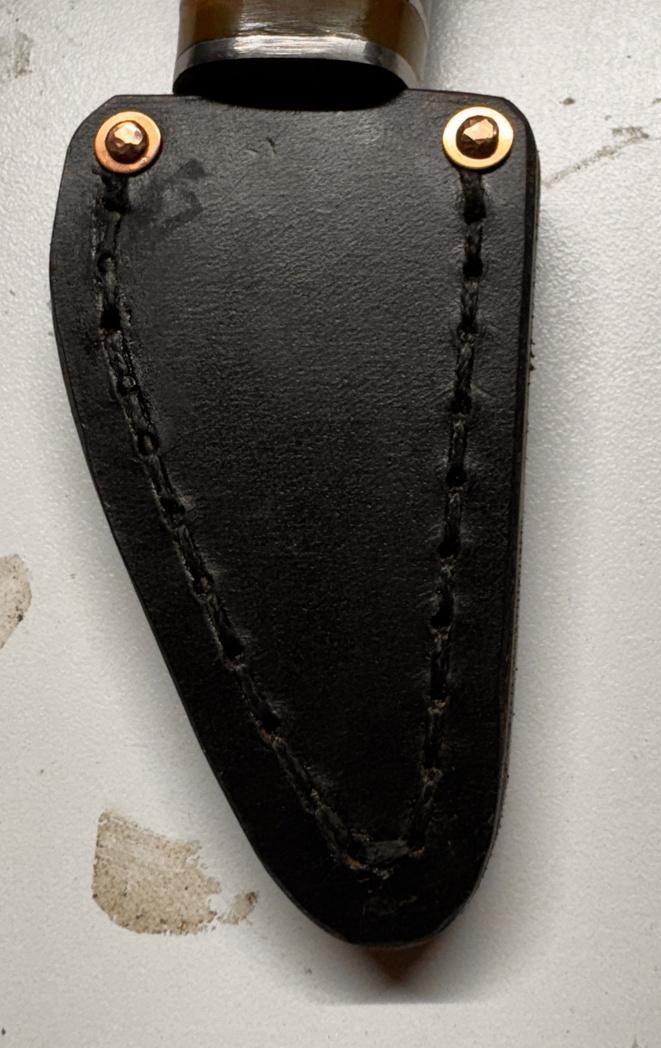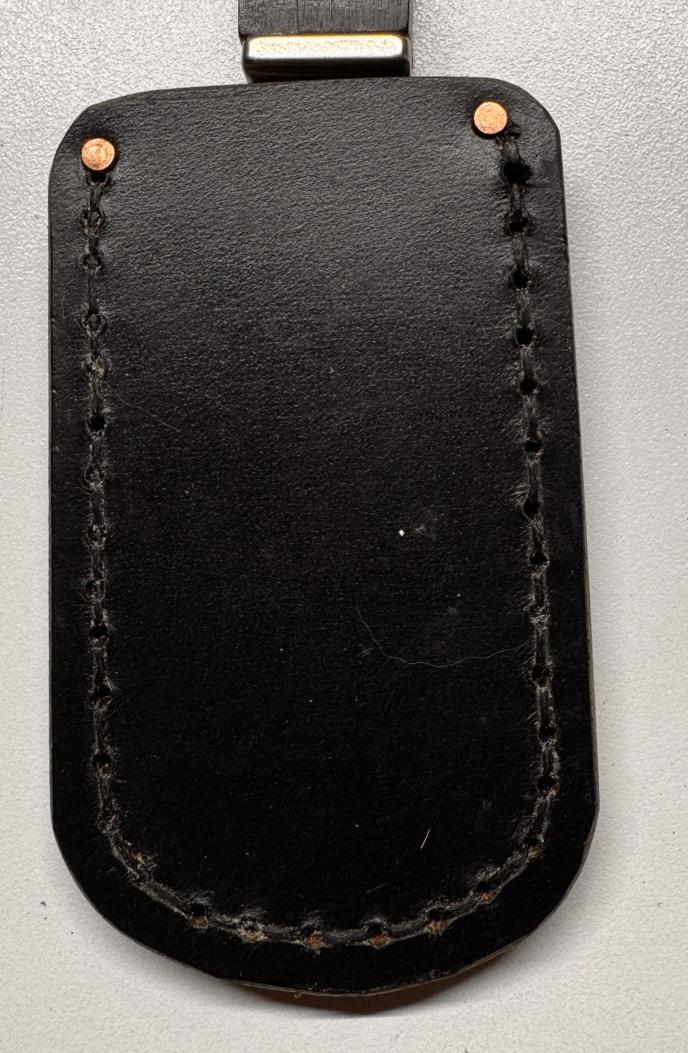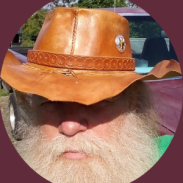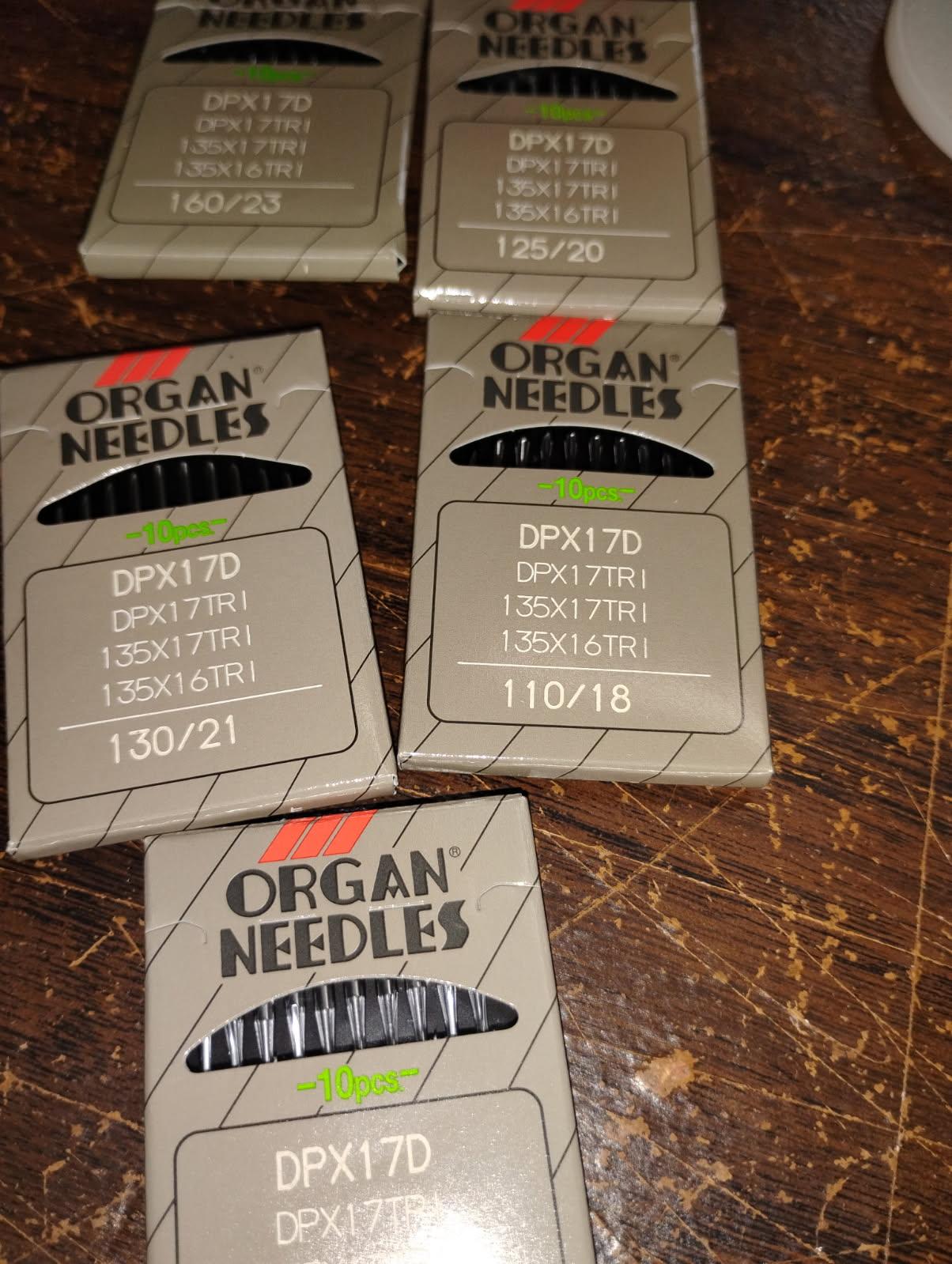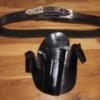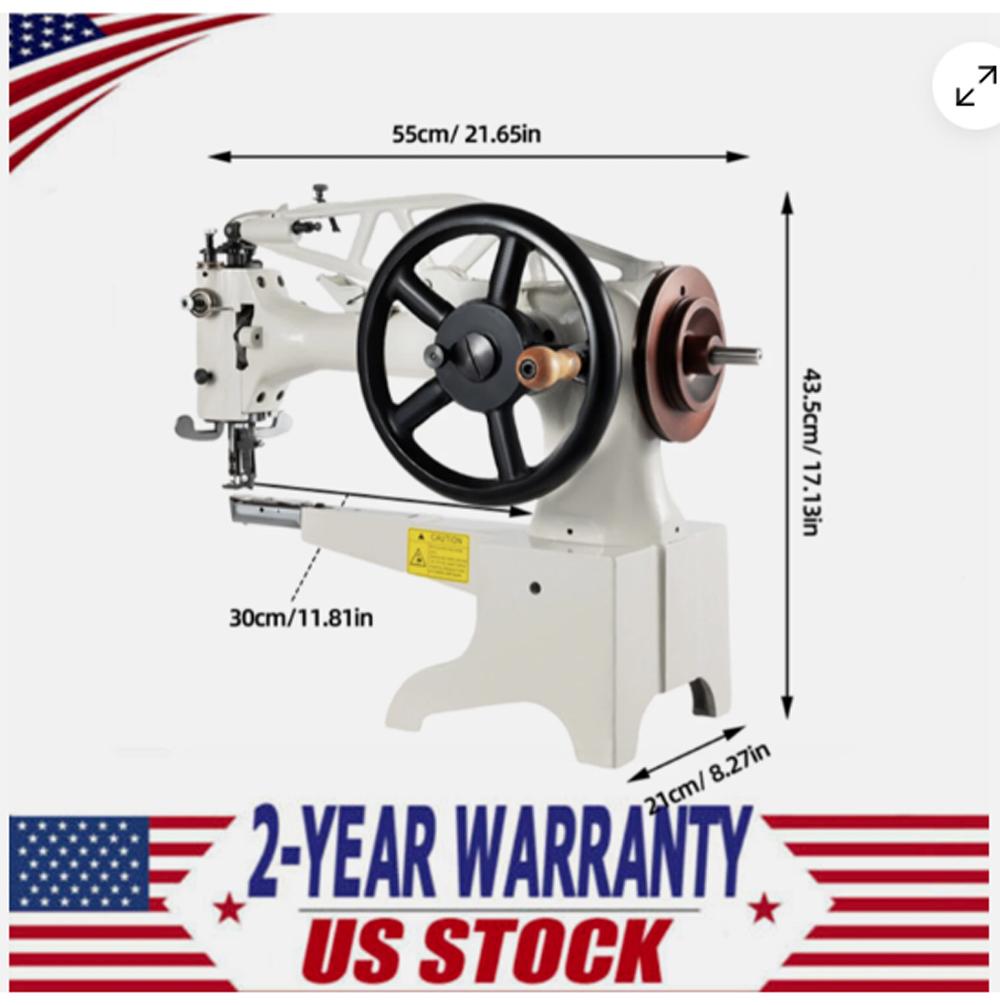All Activity
- Past hour
-
I agree. Personally I don't saddle stitch or otherwise hand stitch not because of funds but I just don't have the temperament. That for me was a major factor for not purchasing a one armed bandit (Tippmann Boss or Cowboy Outlaw). I just couldn't see myself pulling a lever for ever stitch let alone saddle stitching. kgg
-
True. I checked and searched the Organ website and couldn't find any info on the DP x 17D. I would drop them an email and ask for info. kgg
-
135x16 apparently the same as 135x17D
Cumberland Highpower replied to AlZilla's topic in Leather Sewing Machines
Yeah that's kinda odd way to mark the packs. Organ says when you take a 135x17 needle and make it a TRI it becomes a 135x16TRI. I've seen that in their marketing material in the past. I guess they just want to put it all out there for those that might be a bit confused in what to purchase? ! - Yesterday
-
applegarth3 joined the community
-
Let's not forget the ego element, I find it very satisfying knowing that I know how to saddle-stitch something.
-
That line made me laugh! Good idea, some of those putty knives/scrapers are thinner than I could make a blade, I'll have to look into it.
-
Problem using a TandyPro Deluxe Leather Splitter
Mulesaw replied to Coloradoguy's topic in How Do I Do That?
@Coloradoguy I think you need to find a sharpening service that does carpentry machines. Maybe your local cabinetmaker has got a grinding machine for sharpening blades for a jointer/planer. (I do but Denmark is a bit far away from you) I tried googling sharpening services in Omaha Nebraska, and a company called Loveless Sharpening looks like the place that could do the job for you. http://lovelessmachine.com/Pages/home.aspx please note that I am in no way affiliated with them, I don't know them or the quality of their work, but a shop that can sharpen a paper knife for the book cutting industry would also know (and have the machinery) for sharpening a skiver blade. Good luck Brgds Jonas -
Problem using a TandyPro Deluxe Leather Splitter
Coloradoguy replied to Coloradoguy's topic in How Do I Do That?
TomE, Yes, my roller is centered on the blade edge. Putting pressure on the hold-down bar and blank behind the roller with a 2x4 was recommended by another member on this site to solve my initial problem of skiving/splitting completely through the ends of my belts. I sharpened my blade more and tested this again, I had better success without the 2x4. Thanks for the tip about pulling the strap through at a consistent angle, slightly lower than horizontal. DieselTech, I think I may have been stretching the blank, I was pulling pretty hard to get the blank through. I think my blade could still be sharper, but the blade has a compound angle and it is difficult for me to keep the angle of the narrow edge consistent on my sharpening stone. Anyone know what type of sharpening company would be able to sharpen this blade for me? The local knife sharpeners have not been responding when I send them photos of the blade. -
Micro Copper Burr Rivets - A Solution
Stagesmith replied to Stagesmith's topic in Hardware and Accessories
I found the set of doming tools on Amazon https://www.amazon.com/dp/B0D6724Z62 $30 is worth my time to just buy them. -

Anyone taken a cheap servo motor apart?
friquant replied to AlZilla's topic in Leather Sewing Machines
When I was in there, I found three hall sensors in position to read the permanent magnets of the rotor as they go by. I should have worn gloves when I put it back together...those magnets are vicious, and I got pinched. -

Micro Copper Burr Rivets - A Solution
fredk replied to Stagesmith's topic in Hardware and Accessories
Excellent you found a solition for your needs For a doming tool; before you cut one, there are doming setters meant for ready-rivets which have a domed head already. I have the domed setters in sizes from 4mm to 12mm in 1mm steps -
I mostly make leather knife sheaths and I was trying to find a compact rivet to end the stitch lines. I like copper burr rivets, but the smallest available are still way too large. I have found a solution that works for me. Amazon sells assortments of metric copper rivets in flat-head and round-head versions. The range is 2mm, 2.5mm and 3mm shaft sizes https://www.amazon.com/dp/B0CNCSHG3T https://www.amazon.com/dp/B0CNCT42XG I found the washers on McMaster Carr. They are sold as #1, #2, and #3 copper flat washers https://www.mcmaster.com/97565A111/ https://www.mcmaster.com/97565A112/ https://www.mcmaster.com/93661A112/ I made my own rivet sets by just end drilling some pieces of 1/4" round steel rod. You will need a #44, a #40 and a #31 drill bits. I think mild steel is fine as these will only get light use. I will probably make some matching doming tools by using a diamond ball bit in a dremel to carve little domes in some harder steel rod.
-
Mine has that too--- paddles running next to the aluminum case, shrouded under some plastic. I think simply removing the plastic cover would be a boon...
-
Jungle Designs joined the community
-
I've always seen that 135x17 is the fabric and ,135x16 are the leather. Well, this is how the 135x16s I just bought are labeled. I'm just bellyaching ... I sent the first set back because I didn't see the 135x16. Oh well ...
-
packrat6870 joined the community
-
[quote] [Agrees with Chuck!]
-
If you are fairly mechanically inclined it may work as long as you are aware of it's limitations and probably lack of product support. Definitely worth a look see. kgg
-
maagnnus86 joined the community
-
I'd get some change from 500 bucks on all of them. Seems to be a boat load of folks trying to sell them . . . from about 400 plus shipping to 485 with free shipping . . . and lots of "in between" sellers. May God bless, Dwight
-
I bought a cheap one on Amazon for $10. It works very well. I need to put an edge back on it though.
-
-
Just shows to go ya looks ain't everything you can get some good results from repurposed tools.
-
The photo of the Singer clone appears to be sorta kinda like the Singer 29K71 short arm, small bobbin, with side wheel. What is the asking price for this clone ( probably made in China). Info from this website: ( https://www.siruba.co.uk/Singer 29K Instructions.pdf ) MACHINE 29K71 (Was 29K53) End of cylinder bed is 1 inch wide and 7/8 inch deep. Space at right of need1e 12- 1/4 inches. Diameters of belt grooves 2-7/8 inches and 4-7/8 inches. MACHINE 29K72 End of cylinder bed is 1-5/32 inches wide and 1-1/16 inche5 deep. Space at right of needle 17-1/2 inches. Diameters of belt grooves 3-1/4 inches and 5.1/2 inches. Large Bobbin. MACHINE 29K73 End of cylinder bed is 1 inch wide and 7/8 inch deep. Space at right of needle 17-1/2 inches. Diameters of belt grooves 3-1/4 inches and 5-1/2 inches. kgg
-
My moderately priced servo has 100 rpm minimum speed has some shaping on the case, but not exactly cooling fans. Efka DC 1600 that I had to remove because of dead control box is completely different beast, 2 the size and weight, cooling fan etc.
-
When we moved to Israel, I took some of my leather tools but not all of them. Unfortunately you can’t buy a skiving knife here (not that I loved the Osborne skiving knife I had in the U.S.) Big Stacks Small Workshop suggested using a razor blade scraper. Fine as it goes, but not much stability. And it doesn’t work well for straight 90 degree cuts. Viktor George had the answer. On one of his Tips videos, he shows some skiving knives he made from carbon steel putty knives that he bought second hand. I found some new high carbon steel knives at a hardware store that focuses on contractors. Now it was time to get to work! Using a set of cheap diamond-on-steel sharpening stones from Amazon, I sharpened one side only, starting with 400 grit, until I had a wire edge. Then onto 600 grit, then 1,000 and 1,200. After that, my trusty chef’s steel and the rough-side strop with green rouge. Total sharpening time: about 2 hours. The result was great! It skives, trims & makes vertical cuts. I’d post a picture but frankly it looks just like a putty knife with an edge on one side.
-
Or as they say in Hebrew, Taste & aroma aren’t debatable. But in Hebrew it rhymes.
-
It sure is. I checked out the hard copy once from the library-easily 3 inches thick! He’s got some beautiful button knots in there.
-
I have a fairly new Singer . . . table top portable machine . . . it will do embroidery and a bunch of other stuff . . . I bought it with the eye on the 90 day "send it back if it don't work" idea I had with the seller. I was looking for something that could sew two layers of suede or maybe 2/3 oz veggie tan. When I use it . . . I mostly use carpet thread . . . and it has surprised my britches off at the things it has done or will do. Anything in a shirt or light jacket . . . it'll handle it . . . no sweat. I used it to put my E-6 Navy patch on my short sleeve white shirt. Name tags . . . and the like are a piece of cake with that machine. I wanted to add to the group . . . the below picture . . . mostly for jackets and stuff . . . biker work . . . etc. I live between two towns of of 45K and 35K . . . with lots of police, military reserve, national guard, etc . . . and from the research I've done so far . . . I'd have it all to myself and the little old ladies with their thimbles. Plus there is a huge Harley place a 1/2 hour away . . . and 5 different state prisons plus three county lockups . . . and all them folks need patches sewn on. I wouldn't make a living at it . . . but at a minimum of $5 for the first one and 10 bucks an hour for the rest . . . I was looking at a nice extra few bucks . . . and I don't have to create anything here . . . just stitch the dude down. Most of it hinges on two "interviews" I have to do with a couple of dry cleaner shops. If I can become their supplier . . . I'd be looking at maybe a 100 a month average. May God bless, Dwight



